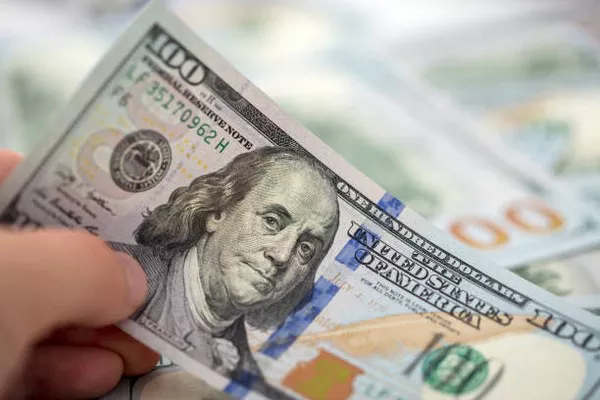In the world of numismatics, certain currency denominations hold a special allure for collectors and enthusiasts. The $2 bill, with its distinctive design and relative scarcity in circulation, has long been a subject of fascination. However, the intrigue deepens when considering uncut sheets of $2 bills. These unseparated, sequential bills are a rarity, and their value extends beyond the face value of the individual notes. In this article, we will delve into the historical context, the process of printing uncut sheets, and ultimately explore how much uncut $2 bills are truly worth in the collector’s market.
Historical Significance
The $2 bill has a unique history in American currency, dating back to the late 18th century. Initially introduced in 1862, the $2 bill underwent several design changes over the years. Despite its continued issuance, the $2 bill has always been somewhat elusive in everyday transactions. This scarcity has led to increased interest among collectors, and the uncut sheets add an additional layer of rarity to the equation.
Printing Process and Uncut Sheets
The Bureau of Engraving and Printing (BEP) is responsible for producing and issuing United States currency, including the $2 bill. The intricate process involves printing large sheets that are later cut into individual notes. Uncut sheets, on the other hand, are a byproduct of this production process. These sheets typically consist of four, eight, 16, or 32 notes arranged in a grid pattern.
Uncut sheets are usually sold by the BEP to the public, often as commemorative items or collector’s editions. The limited availability and the fact that they are sold directly by the government contribute to their appeal among collectors.
Determining Value
The value of uncut $2 bills depends on various factors, including rarity, condition, and historical significance. Collectors often seek uncut sheets that are in pristine condition and feature sequential serial numbers. The rarity of a particular series or edition also plays a significant role in determining the value.
One of the most sought-after uncut sheets is the 1976 series, which commemorates the United States’ bicentennial. These sheets feature a distinctive design with a depiction of the signing of the Declaration of Independence on the reverse side. Due to their historical significance and limited production, uncut sheets from the 1976 series can command a premium in the collector’s market.
Condition is paramount when assessing the value of uncut $2 bills. Sheets that have been well-preserved, with minimal wear, folds, or other imperfections, are more desirable to collectors. Additionally, the presence of sequential serial numbers enhances the appeal and rarity of the uncut sheets, contributing to their market value.
Market Trends and Demand
The market for uncut $2 bills has experienced fluctuations over the years, influenced by trends in numismatics and collector demand. In recent years, there has been a growing interest in rare and unusual currency items, including uncut sheets. Collectors often view these sheets as unique and visually striking additions to their collections.
The demand for uncut $2 bills is also driven by the desire to own a piece of history. The limited production and commemorative nature of certain editions make these sheets attractive to collectors who appreciate the historical significance of the currency.
Market values are dynamic and subject to change based on collector trends, economic conditions, and the overall interest in numismatics. It’s advisable for collectors to stay informed about market trends and consult with experts to make informed decisions regarding the purchase or sale of uncut $2 bills.
Factors Influencing Value
Several key factors influence the value of uncut $2 bills:
Edition and Series: Certain editions, such as the bicentennial series, are more sought after due to their historical significance. The series and edition of the uncut sheet play a crucial role in determining its market value.
Condition: The condition of the uncut sheet is a critical factor in assessing its value. Sheets that are well-preserved, with minimal signs of wear, command higher prices in the collector’s market.
Sequential Serial Numbers: Collectors often place a premium on uncut sheets with sequential serial numbers. The consecutive order adds a level of rarity and completeness to the collection, making such sheets more desirable.
Limited Editions: Some uncut sheets are released as limited editions, featuring unique designs or printing variations. The exclusivity of these editions contributes to their value among collectors.
See Also How Old Is The Us Dollar
Conclusion
Uncut $2 bills hold a unique place in the world of numismatics, appealing to collectors with a passion for history and currency. The value of these uncut sheets extends beyond their face value, influenced by factors such as edition, condition, and demand in the collector’s market. As with any collectible item, the market for uncut $2 bills can experience fluctuations, and collectors are advised to stay informed about market trends and consult with experts for the most accurate assessments. Whether held for their historical significance or as a unique piece of currency art, uncut $2 bills continue to capture the imagination of collectors, offering a tangible connection to the rich history of American currency.


